
THE PERFECT SHOE IS PERFECT FOR FEET
WATCH NOW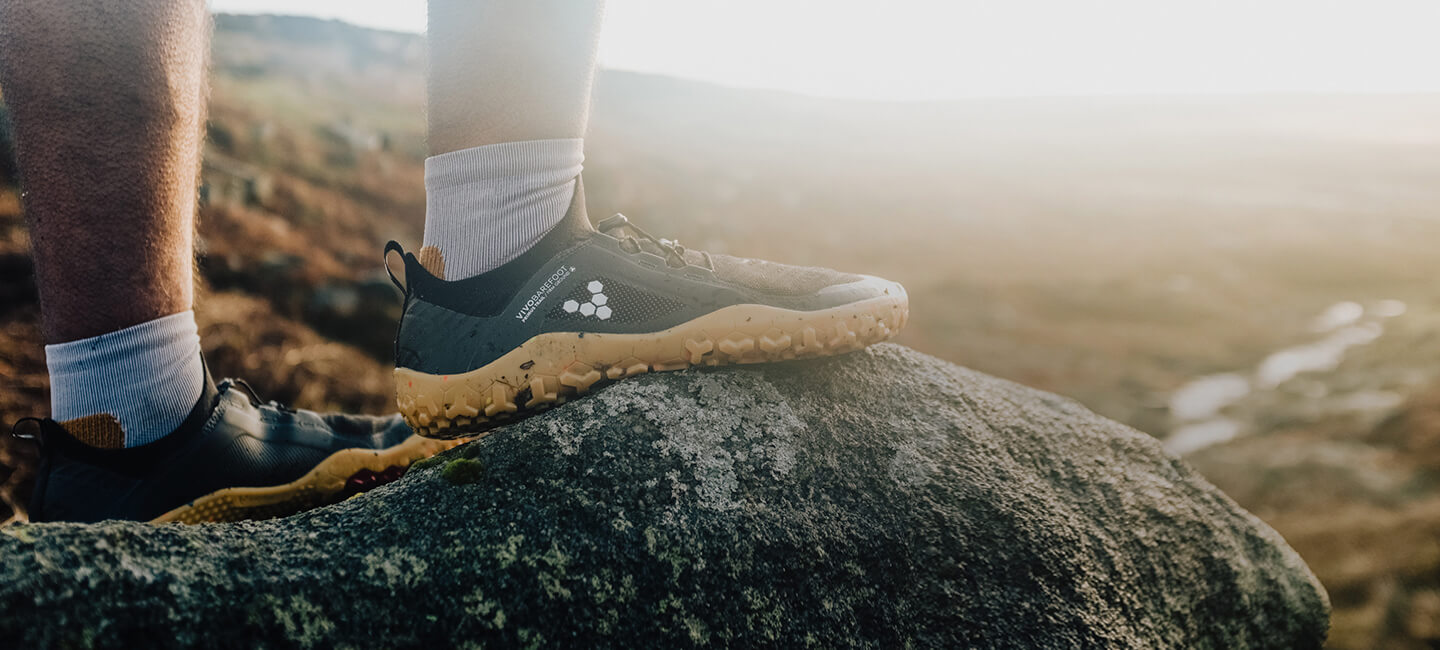

The human foot is an evolutionary masterpiece
The natural foot is wide (fan shaped), flexible (with three dynamic arches) and sensory (with thousands of nerve endings)
sensory, stable and strong
The natural foot is wide, flexible and sensory
CHILDS FOOT
A child's foot is mostly cartilage until the teenage years.
SHOES SHOULD LET YOUR FEET DO THEIR THING
Vivobarefoot aims to make the perfect shoe… perfect for feet
ALL INDIGENOUS SHOE MAKING WAS SIMPLE BAREFOOT SHOEMAKING


SHOES ARE PART OF OUR EVOLUTIONARY HERITAGE
The first shoes worn by humans were sandals created by Africans more than 40,000 years ago. Made from thick antelope skin, they were used to protect humans from desert thorns while they were persistent hunting (running down antelopes to the point of exhaustion on the hard based African Savannah). Bushmen living in the Kalahari still make and use these sandals persistent hunting today.
All indigenous shoe making was simple barefoot shoe making. Thin soled, wide and flexible to allow the foot to do its thing. From African sandals to Apache leather moccasins to the Reindeer boots made by the Saami in the Lapland (that are the lightest and warmest boots ever invented).
SHOES PROTECT US FROM CUTS AND COLD - THAT'S IT!
Modern shoes try to manipulate the natural foot and movement techniques with variations of two main "technologies"; Motion Control and Shock Absorption.
Trying to use your feet in an unnatural way will logically lead to injuries which is exactly what modern shoes do. It is also why, even after 60 years, there is no evidence that underfoot technologies reduce injuries at all. In fact, there is little understanding of these injuries. We are more than likely to injure ourselves on soft surfaces than hard surfaces - whatever type of shoe you are wearing. Soft surfaces reduce elastic recoil and create excesive muscle activity, which is the major source of injuries.
Theory 1
BAREFOOT RUNNING WILL TRANSFORM YOU FROM AN INJURED OVER-STRIDING JOGGER TO A SKILFUL, FOREFOOT STRIKING TARAHUMARA
Theory 2
BAREFOOT RUNNING WILL CURE ALL MY CHRONIC RUNNING INJURIES
Theory 3
BAREFOOT RUNNING TECHNIQUE WILL MAKE ME A MORE 'EFFICIENT' RUNNER
From an evolutionary perspective, we know that humans have been running long distances for over 2 million years and the adaptations to our anatomy and physiology stimulated by endurance running are what separate us from our closest primate cousins.
Humans are the only upright, bipedal, running primates. Humans are particularly suited (evolved) as endurance runners with a unique ability to sweat (stay cool), have large hip muscles, short parallel toes, straight legs and long tendons compared to other primates. Early humans were persistent hunters, running down animals by tracking them over long distances, most of that running was done barefoot on hard, rough surfaces before modern humans invented footwear such as sandals or moccasins in the Upper Palaeolithicperiod about 40,000 years ago.
Present day human beings have evolved from 6,666 generations of hunter gatherers, 366 generations of farmers, 7 generations of industrialised city dwellers and 4 generations of sedentary modern humans.
Human beings are born with a typical primate spine which is ‘C’ shaped. As humans learn to sit, stand and walk, (software) under gravity, the spine begins to straighten and eventually become ’S’ shaped (hardware). With unusually big heads balancing on uniquely long spines, humans are susceptible to bad posture (lumbar flexion moments) and skeletal misalignment.
Modern human beings spend a large proportion of the day in a seated posture and, instead of regular healthy movement, do short bursts of high intensity, unnatural ‘exercise’. Regular, low intensity movement on two feet (under gravity) is the best anti-aging programme known to humans.
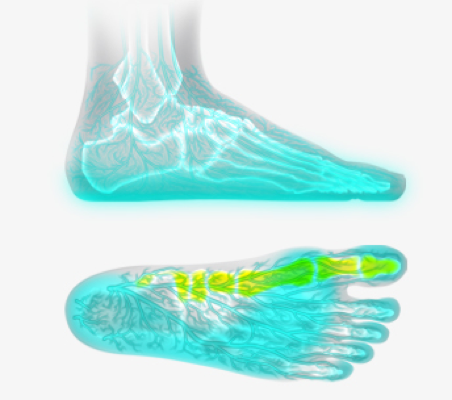
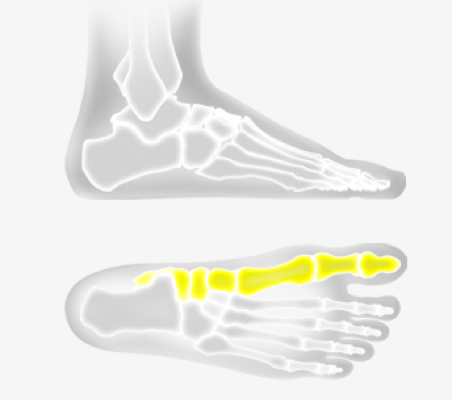
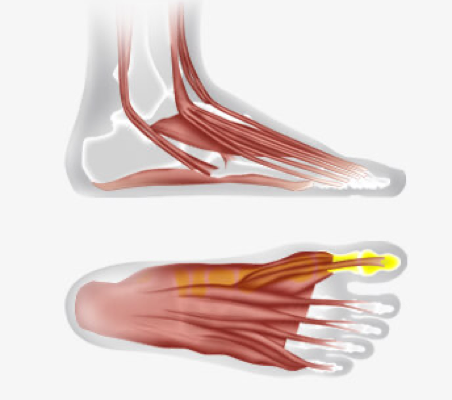
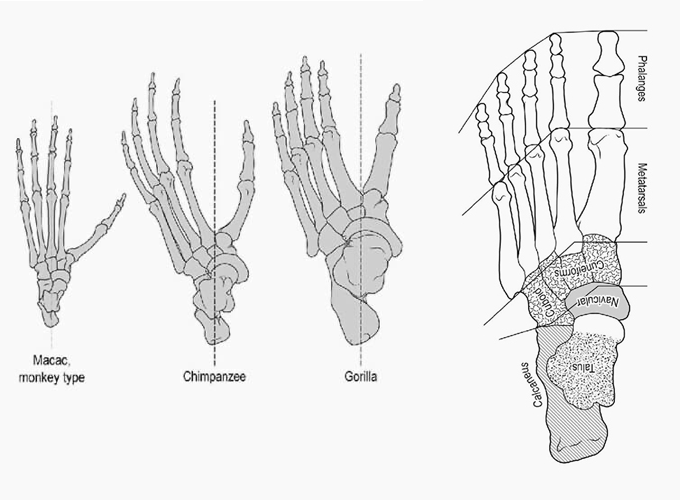
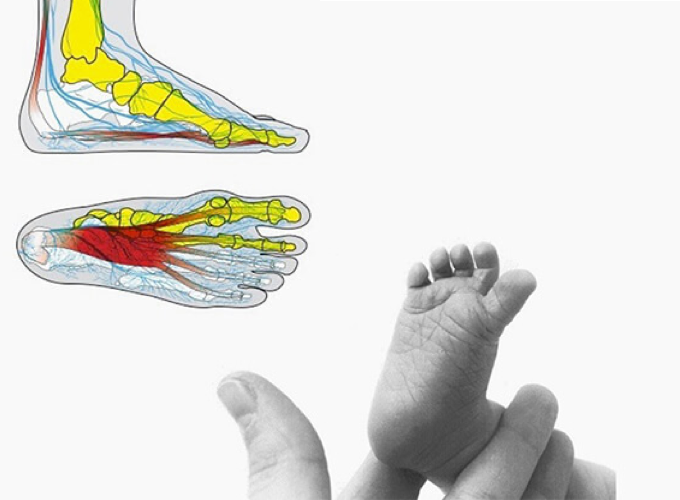
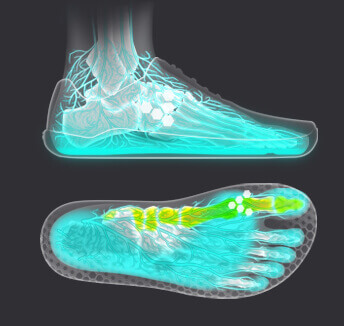
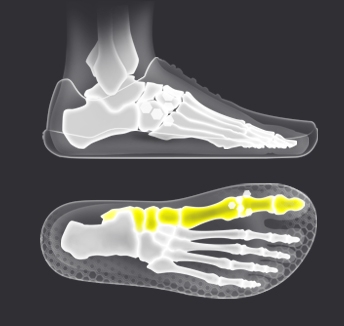
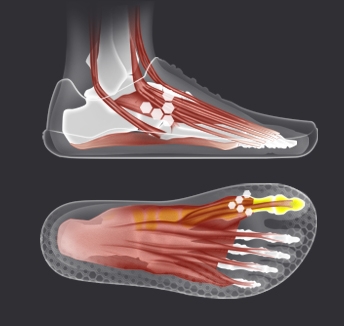
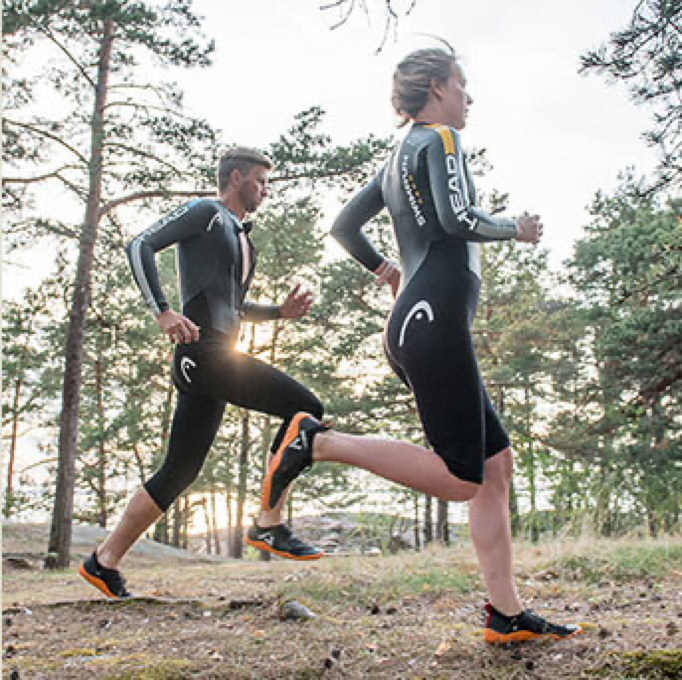

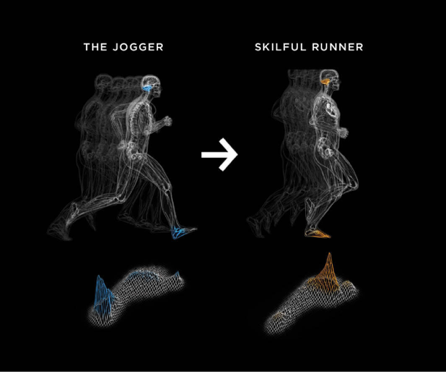
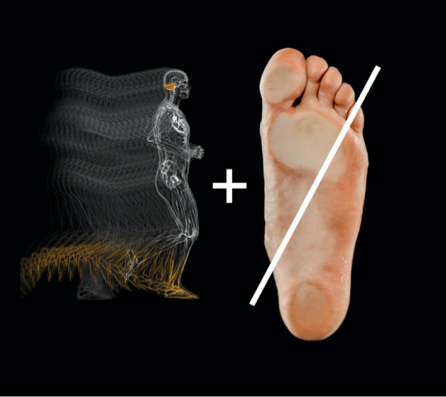
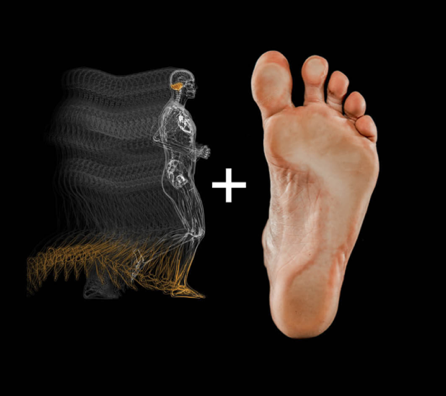
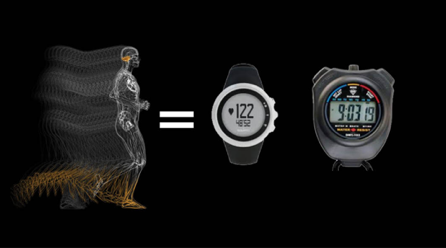
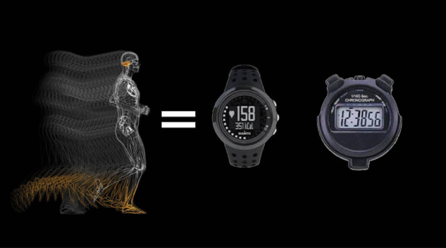
Login and Registration Form